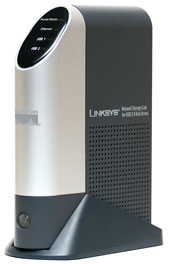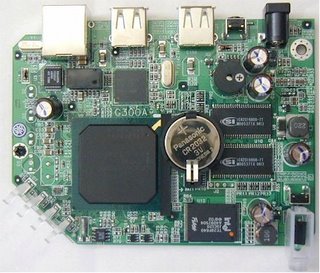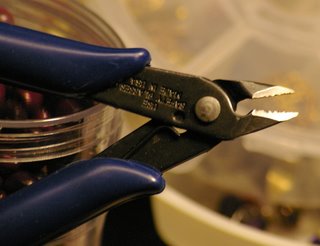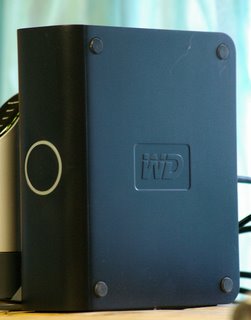Finding the "right" media server
I Keep "Slugging" Away on my NSLU2
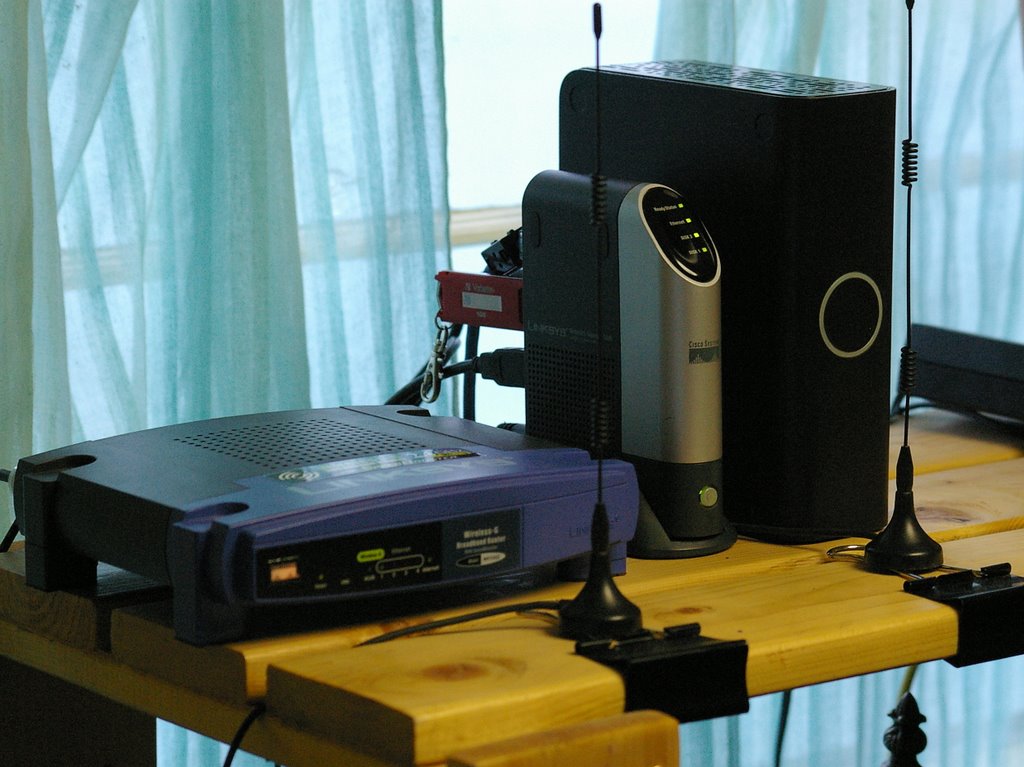
The file sharing and UnSLUG setup on my NSLU2 seems to be working fine. I have been installing optware packages and have made a few attempts to configure imagegallery on Apache with no success.
I Finally settled on lighttpd for a webserver and have moved on to make my music accessible throughout the house.
I especially want to serve out the music to my house stereo without spending much additional money, or by stringing any more cables and wire. After-all the whole setup is intended to be wireless, thats the main fun anyways!
As I experimented with media servers I decided I wanted to expand the USB ports on the SLUG. I had read in the UnSLUG Wiki that UnSLUG had some trouble with USB Ports. Several brands were suggested and I found one close to what was recommended at a local computer store.
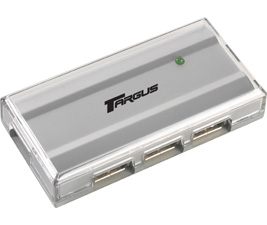
I thought that the Targus PAUH217U worked fine and I was able to hang the USB drive and a flash drive off the hub and have room for two more connections. It seemed to work at first, but after a while, things got flaky.
I could not see both drives without logging into the admin user, so I think I will go back to two dedicated USB ports. So much for hanging a printer off of a hub, not this hub anyways.
 Perhaps I will get brave enough to solder on a couple of more USB ports. I guess the NSLU2 supports five USB ports. So, get out the solder iron, some wire, a few USB ports and hack away. I would create an attached hub with a hole for the wires to come out, rather than the way these guys went about it.
Perhaps I will get brave enough to solder on a couple of more USB ports. I guess the NSLU2 supports five USB ports. So, get out the solder iron, some wire, a few USB ports and hack away. I would create an attached hub with a hole for the wires to come out, rather than the way these guys went about it.Good instructions though, just kind of crude cover in the end.
I found the Netgear Wireless Digital music Player MP101 had what I was looking for. It was made a few
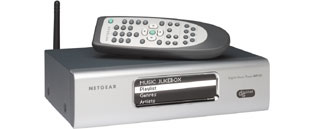 years ago and did not take off like wildfire. I found it on sale for $39 including shipping, did some temp credit card offer with Amazon and will end up only paying $9 once I get the credit they promised.
years ago and did not take off like wildfire. I found it on sale for $39 including shipping, did some temp credit card offer with Amazon and will end up only paying $9 once I get the credit they promised.Once I get the unit, play around with the firmware, I will install it and see if I can play my music collection on my main stereo from any computer on our wireless network. Kind of Nifty if you ask me.
The next project will focus on installing a printer on the print server port and getting some fancy way of accessing all those digital photos I have sored on the various hard drives around the house.
Stay tuned.....
